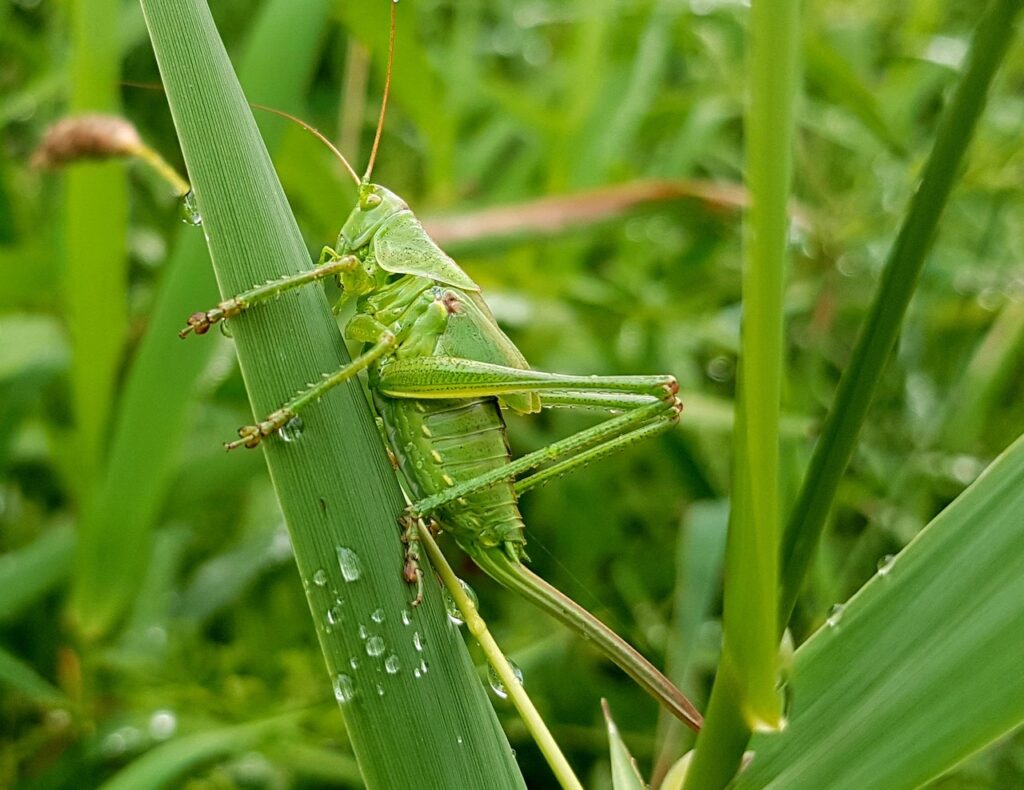
The introduction and spread of invasive species have become a significant environmental concern worldwide. These non-native species, often introduced by human activities, can have detrimental effects on ecosystems, biodiversity, and economic sectors. In this article, we delve into the concept of invasive species, their impacts, and the importance of proactive measures to mitigate their negative consequences.
Defining Invasive Species
Invasive species are non-native organisms that establish themselves in new environments outside their natural range and rapidly proliferate, posing a threat to the native species and their habitats. These species can include plants, animals, insects, and microorganisms, and they often lack natural predators or controls that would typically regulate their population in their native ecosystems.
Impacts of Invasive Species
Biodiversity Loss: Invasive species can outcompete and displace native species, leading to a decline in biodiversity. They may consume or outcompete native plants for resources, alter natural habitats, and disrupt ecological interactions such as pollination or seed dispersal. This loss of biodiversity can have cascading effects on the entire ecosystem, impacting other species and ecosystem functions.
Habitat Alteration: Invasive species can modify habitats, changing their structure and composition. They can degrade or transform ecosystems by altering soil conditions, nutrient cycles, hydrological patterns, and fire regimes. These changes can negatively impact native species adapted to specific environmental conditions, potentially leading to their decline or extinction.
Economic Implications: Invasive species can have significant economic consequences. They can damage crops, forestry, and fisheries, leading to reduced agricultural yields, forest degradation, and the collapse of commercial fisheries. The costs associated with managing and controlling invasive species, as well as the loss of revenue from affected industries, can place a burden on local communities and national economies.
Human Health and Well-being: Certain invasive species can pose risks to human health and safety. For example, invasive mosquitoes may introduce new diseases, such as dengue fever or Zika virus. Invasive plants like poison ivy or giant hogweed can cause allergic reactions or skin irritations. Furthermore, invasive species can impact recreational activities and tourism by degrading natural landscapes and altering the characteristics of popular destinations.
Preventing and Managing Invasive Species
Early Detection and Rapid Response: Early detection of invasive species is crucial for effective management. Monitoring programs and public awareness campaigns can help identify new arrivals and enable prompt action to prevent their establishment and spread. Rapid response strategies, such as containment and eradication efforts, can be employed to minimize the impacts of invasive species in their early stages.
Strict Biosecurity Measures: Preventing the introduction of invasive species is crucial. Strong biosecurity measures, including strict regulations on the import and movement of goods, cargo, and live organisms, can help prevent the unintentional introduction of invasive species. Enhanced border controls, quarantine protocols, and public education can contribute to reducing the risk of new invasions.
Restoration and Rehabilitation: Rehabilitation of invaded ecosystems through restoration projects is essential to restore ecological balance. This involves removing invasive species, restoring native vegetation, and reintroducing native species. Restored habitats can provide better conditions for native species to recover and regain their ecological functions.
International Collaboration and Research: Addressing the challenges posed by invasive species requires international collaboration, knowledge sharing, and research. Governments, organizations, and scientists need to work together to develop effective strategies, share best practices, and conduct research to understand the impacts of invasive species and improve management techniques.
Conclusion
The threat of invasive species to ecosystems, biodiversity, and economies underscores the importance of proactive measures to prevent, detect, and manage their impacts. By understanding the risks associated with invasive species and implementing robust strategies, we can protect andsafeguard our natural environments. It is crucial for governments, communities, and individuals to prioritize biosecurity, early detection, and rapid response to new invasions. Additionally, investing in research, international collaboration, and restoration efforts can aid in mitigating the negative impacts of invasive species and promoting ecological harmony. By taking collective action, we can strive towards a future where native species thrive, ecosystems remain intact, and the delicate balance of our natural world is preserved.

